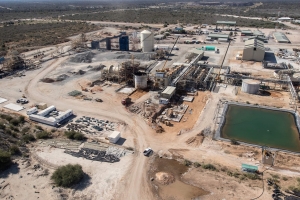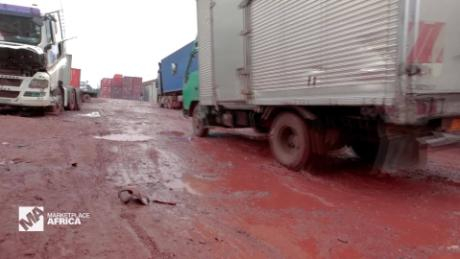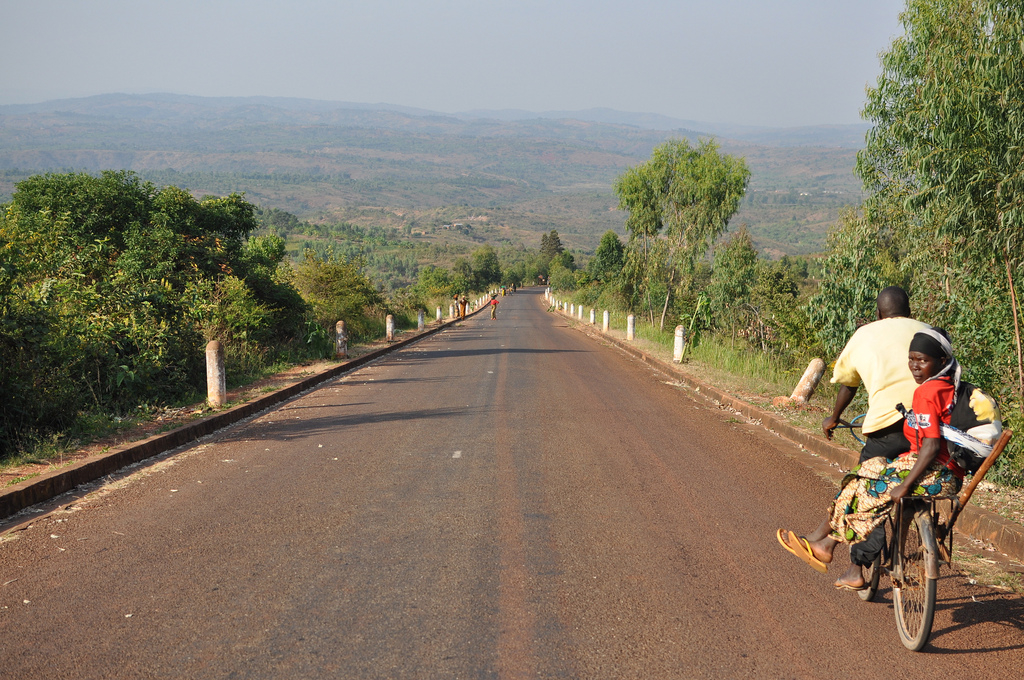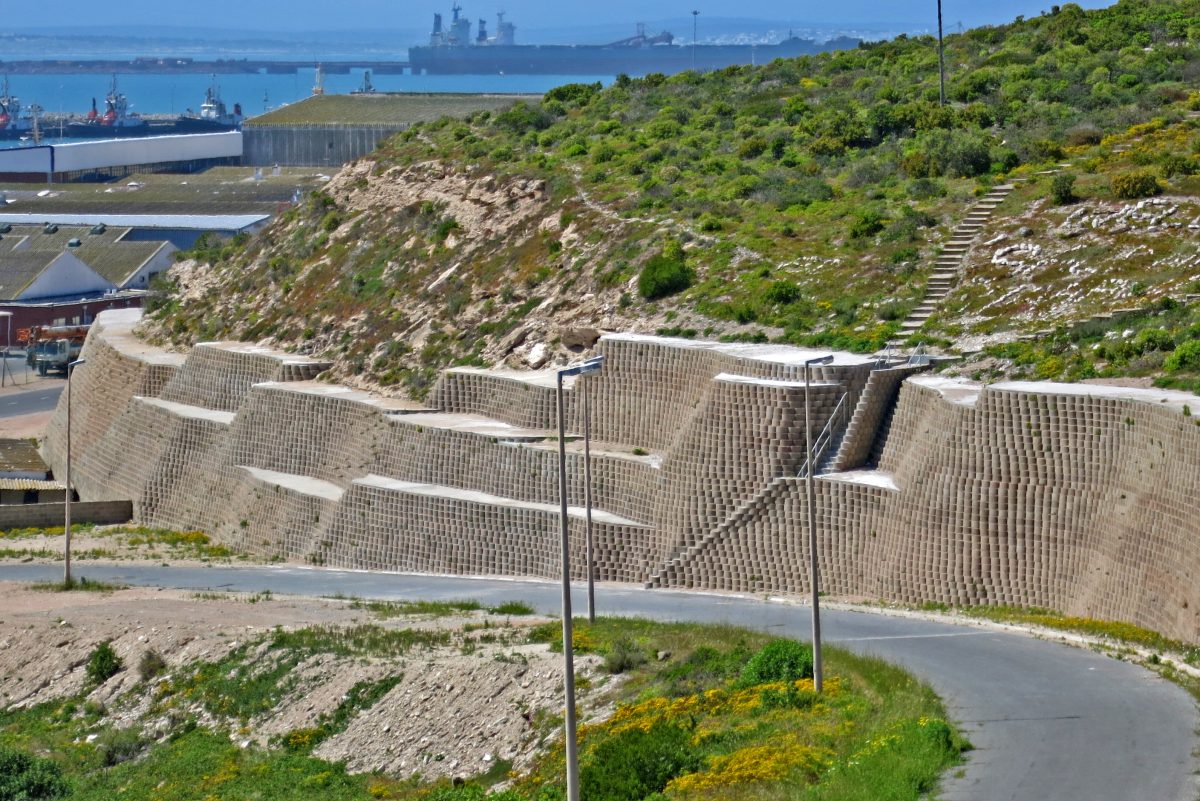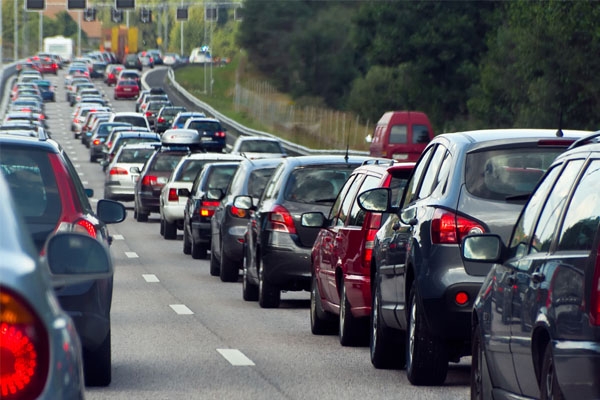

Current traffic growth on Gauteng’s e-toll freeways is running at around 4%, says South African National Roads Agency Limited (Sanral) planning, toll and transportation project engineer Alan Robinson. Thus the current volume of 1.25-million people-trips a day on the e-toll freeway network will grow by 50 000 people-trips a day this year.
The existing roads are full during the extended peak period, with the supporting, second order road network also full, says Robinson. He says new technology, such as autonomous vehicles, car-sharing services and e-hailing, will not necessarily solve the problem, as they all require road capacity and are also likely to travel during peak periods. Moving 10% of car users (125 000 people) from the e-toll network will require 2.5 more Gautrains and 1.5 more of all current bus rapid transit systems, Robinson notes.
Sanral currently has no secured budget to improve and extend the road network but is merely looking after the existing network. E-tolling has largely failed in Gauteng, with estimates that around 80% of users do not pay their e-toll bills. This has curbed Sanral’s efforts to build new roads, as well as government’s planning for new e-toll roads.
The continued construction of housing, business and retail structures on the outskirts of cities, meant the continuance of long commuting distances in a low density urban environment. It is also possible to advance telecommuting and virtual shopping to decrease congestion. In the end, says Robinson, addressing congestion will require a workable land plan that is enforced; a significant improvement in road capacity, and a significant improvement in public transport.
The estimated funding requirements to sustain the South African road network is R86-billion a year (in 2018 rand-terms). “So we are looking at R90-billion to keep what we’ve got in the condition we’d like,” says Robinson. To address the identified backlogs will increase this number to R116-billion.
The funding allocation for roads in the 2017/18 financial year, however, was R52-billion. Raising the fuel levy to fund roads, as is often suggested, is not an option, notes Robinson, as this is a diminishing resource, especially on the back of advances in engine technology which has seen a steady drop in fuel consumption, as well as the rise of electric vehicles.
More news
- DOK-ING’s innovative electric mining equipment unveiled at ElectraMining
- CONCOR’S MASTERY IN FAST TRACK PROJECT IMPLEMENTATION UNDERSCORED BY SAFETY AWARD
- PROMINENT SEA POINT HOTEL REFURBS WITH REHAU
- CONCRETE ROOF TILES USED FOR WALL CLADDING ON COASTAL HOME
- THE GREENEST RESIDENTIAL DEVELOPMENT IN AFRICA?

